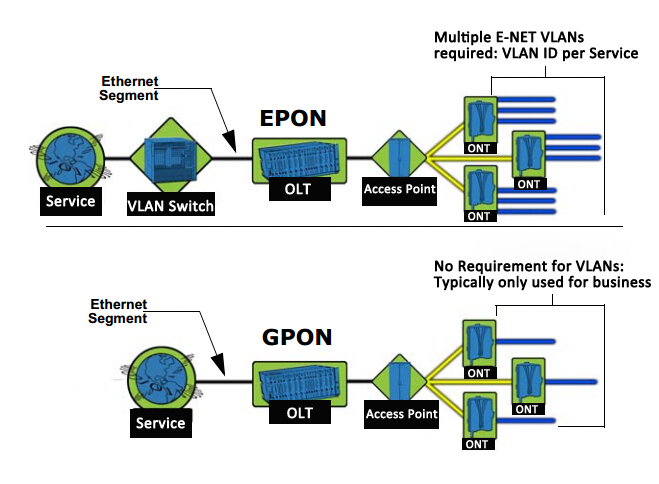When purchasing a fiber optic cable, it is important to understand the different varieties of core characteristics that are available within the cable itself. Each of these different characteristics will have different effects on your ability to transmit information reliably, and these different characteristics also affect the cabling project. You must search the cost of fiber optic cable if you bought the cable. Now, let’s take a look at the most common fiber optic cables.
Simplex Fiber Cable
A simplex fiber cable consists of a single strand of glass of plastic fiber, and is used for applications that only require one-way data transfer. Simplex fiber is most often used where only a single transmit and receive line is required between devices or when a multiplex data signal is used (bi-directional communication over a single fiber). Simplex fiber is available in singlemode and multimode. For example, an interstate trucking scale that sends the weight of the truck to a monitoring station or an oil line monitor that sends data about oil flow to a central location.
Duplex Fiber Cable
A duplex fiber cable consists of two strand fibers of glass or plastic. Typically found in a “zipcord”(side-by-side) construction format, this cable is most often used for duplex communication between devices where a separate transmit and receive are required. Duplex fiber is available in singlemode and multimode. Use multimode duplex fiber optic cable or single mode duplex fiber for applications that require simultaneous, bi-directional data transfer. Workstations, fiber switches and servers, fiber modems, and similar hardware require duplex fiber cable.
Cable Design Criteria For The Pulling Strength,Water Protection,Fiber Code Ratings
Pulling Strength: Some cable is simply laid into cable trays or ditches. So pull strength is not too important. But other cable may be pulled through 2 km or more of conduit. Even with lots of cable lubricant, pulling tension can be high. Most cables get their strength from an agamid fiber, a unique polymer fiber that is very strong but does not stretch – so pulling on it will not stress the other components in the cable. The simplest simplex cable has a pull strength of 100-200 pounds, while outside plant cable may have a specification of over 800 pounds.
Water Protection: Outdoors, every cable must be protected from water or moisture. It starts with a moisture resistant jacket, usually PE (polyethylene), and a filling of water-blocking material. The usual way is to flood the cable with a water-blocking gel. It’s effective but messy – requiring a gel remover. A newer alternative is dry water blocking using a miracle powder – the stuff developed to absorb moisture in disposable diapers. Check with your cable supplier to see if they offer it.
Fire Code Ratings: Every cable installed indoors must meet fire codes. That means the jacket must be rated for fire resistance, with ratings for general use, riser (a vertical cable feeds flames more than horizontal) and plenum (for installation in air-handling areas. Most indoor cables use PVC (polyvinyl chloride) jacketing for fire retardance. In the United States, all premises cables must carry identification and flammability ratings per the NEC (National Electrical Code) paragraph 770.
FiberStore is one of the industry’s fastest growing fiber optic cable manufacturer, specializing in providing quality, cost-effective retailing, wholesale and OEM fiber optic products. For more information on Simplex Fiber Cable or Duplex Fiber Cable and customization service, please email to sales@fs.com or visit fs.com.







